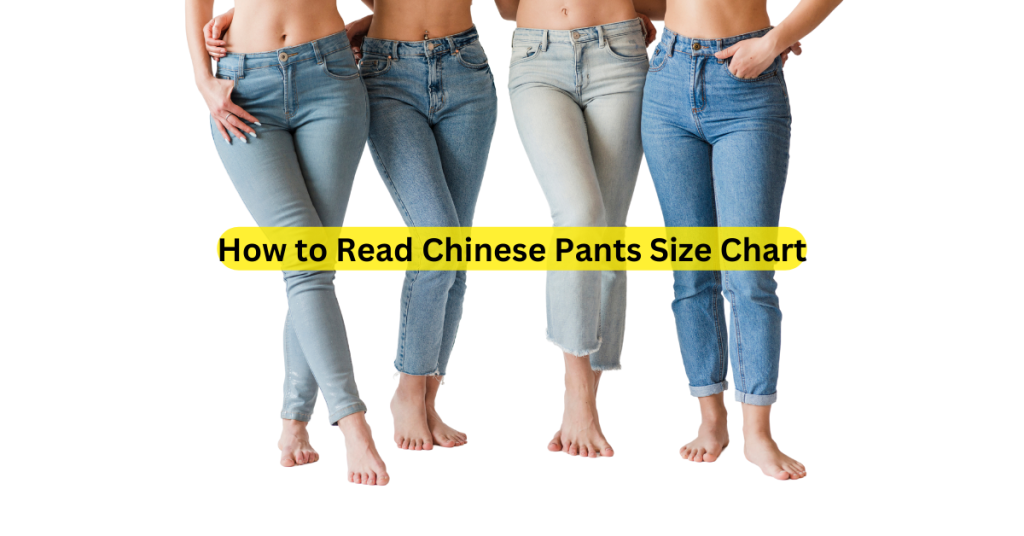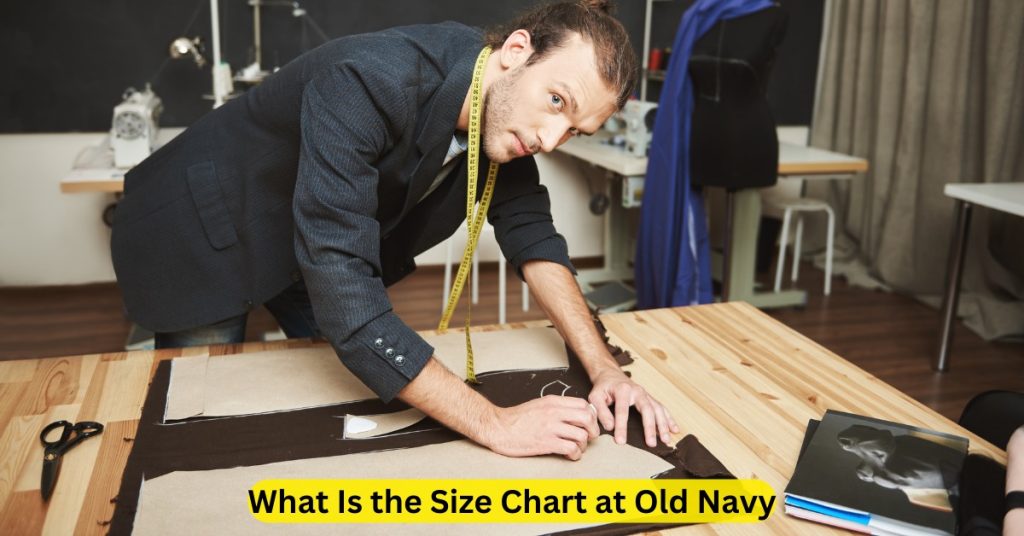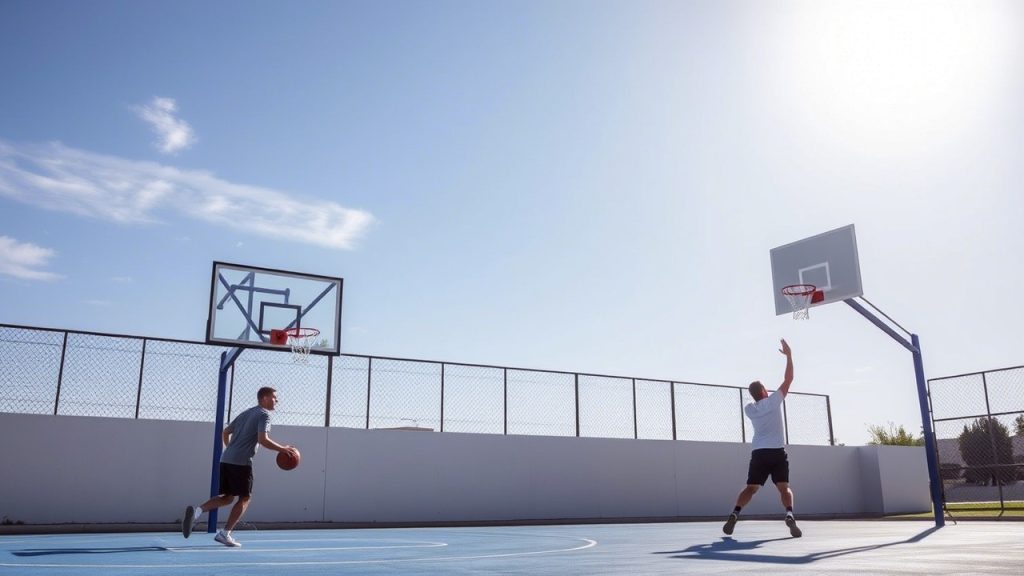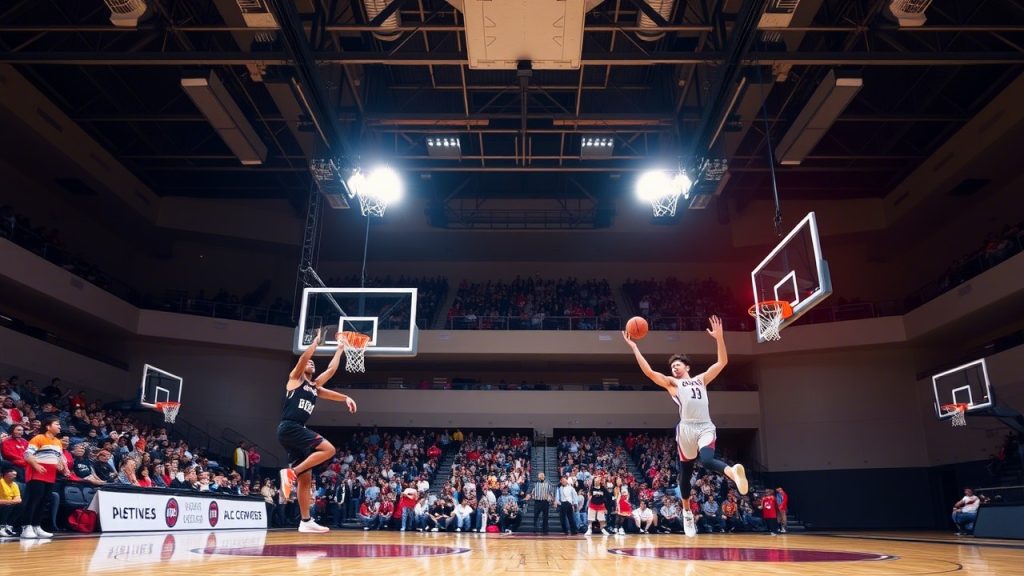30 Best Ski Boot Size Chart Ideas to Ensure a Custom Fit
When it comes to skiing, the quality of your gear can drastically impact your performance on the slopes. Among the most crucial pieces of equipment are your ski boots. Ski boots not only protect your feet but also provide the foundation for comfort and control during your runs. A proper fit is paramount, as ill-fitting boots can cause discomfort, pain, and even affect your ability to ski efficiently.
Unfortunately, choosing the right ski boot size can be a confusing process due to varying sizing systems, foot shapes, and different boot designs. We’ll explore the 30 best ski boot size chart ideas to help you understand the factors that influence boot sizing, as well as offer guidance on how to ensure a custom fit.
Let’s jump into the details and ensure you have the most comfortable and performance-enhancing ski boots on the market.
1. Mondo Point System: The Standard for Ski Boot Sizing
The Mondo Point system is the most accurate and commonly used ski boot sizing system, as it measures foot length in centimeters. Unlike standard shoe sizing, which can vary between brands, the Mondo Point system offers a more consistent and precise way to measure ski boots.
Mondo Point Sizing Example:
- Foot Length: 26.5 cm → Ski Boot Size: 26.5 Mondo Point
The Mondo Point system eliminates confusion by focusing on the length of your foot, making it easier to select boots that fit properly. Keep in mind that Mondo sizes are often rounded to the nearest half or full centimeter.
2. Foot Width: A Key Factor in Fit
Foot width is another essential factor to consider when choosing ski boots. Ski boots come in a variety of widths to accommodate different foot shapes. If you have narrow, average, or wide feet, there’s a boot size for you. Ski boots generally come in the following width categories:
- Narrow: 97-98 mm (Suitable for skiers with narrow feet)
- Medium/Standard: 100 mm (Ideal for most skiers)
- Wide: 102-104 mm (Great for people with wide feet)
- Extra Wide: 106 mm and above (For those with very wide feet)
Why Foot Width Matters:
A boot that is too tight can cause pain and limit blood flow, while a boot that is too wide will make it difficult to control your skis. Choosing the correct width ensures both comfort and precision.
3. Foot Volume: What It Is and Why It’s Important
Foot volume refers to the overall size and shape of your foot. It includes the arch, toe box, and instep. Ski boots are designed to fit different volumes, and selecting the right volume is critical for comfort and performance.
- Low Volume: Ideal for skiers with narrow feet or lower arches.
- Medium Volume: The most common and suitable for most foot shapes.
- High Volume: Best for skiers with wider feet or high arches.
A professional boot fitter can help assess your foot volume and recommend a boot that suits your foot shape.
4. Flex Rating: Affects Performance and Comfort
The flex rating of a ski boot refers to how stiff or flexible the boot is. It’s crucial to choose the right flex rating, as it affects your control, comfort, and overall skiing experience.
- Soft Flex (50-70): Good for beginners or skiers who prefer comfort and forgiveness.
- Medium Flex (70-90): Suitable for intermediate skiers looking for a balance between comfort and responsiveness.
- Stiff Flex (90-130): Ideal for advanced skiers who need precision and control.
- Very Stiff Flex (130+): Best for expert skiers and racers who need maximum responsiveness.
Choosing the right flex for your skill level will enhance your skiing experience and allow you to perform at your best.
5. Ski Boot Liner Types: Comfort and Customization
The liner inside the ski boot plays a significant role in comfort. There are different types of liners that offer varying levels of warmth, cushioning, and support.
- Standard Liners: Most ski boots come with a basic liner that provides comfort for most skiers.
- Heat-Moldable Liners: These liners can be molded to the exact shape of your feet using heat, providing a custom fit.
- Custom Molded Liners: Ideal for skiers with unique foot shapes, these liners are specifically tailored to your feet for maximum comfort.
6. Heat-Molding for a Customized Fit
Heat-molding is a process that customizes ski boot liners to the shape of your feet. After the boots are heated, you wear them for a period of time while the liner molds around your foot. This process is especially helpful for individuals with unique foot shapes or those who want a more precise fit.
7. Importance of Proper Ski Boot Positioning
When fitting ski boots, it’s essential to ensure that your feet are positioned correctly inside the boot. You should feel a snug fit around the heel, and the toes should just lightly touch the front of the boot when standing. When you lean forward, your toes should pull back slightly, leaving space at the front of the boot.
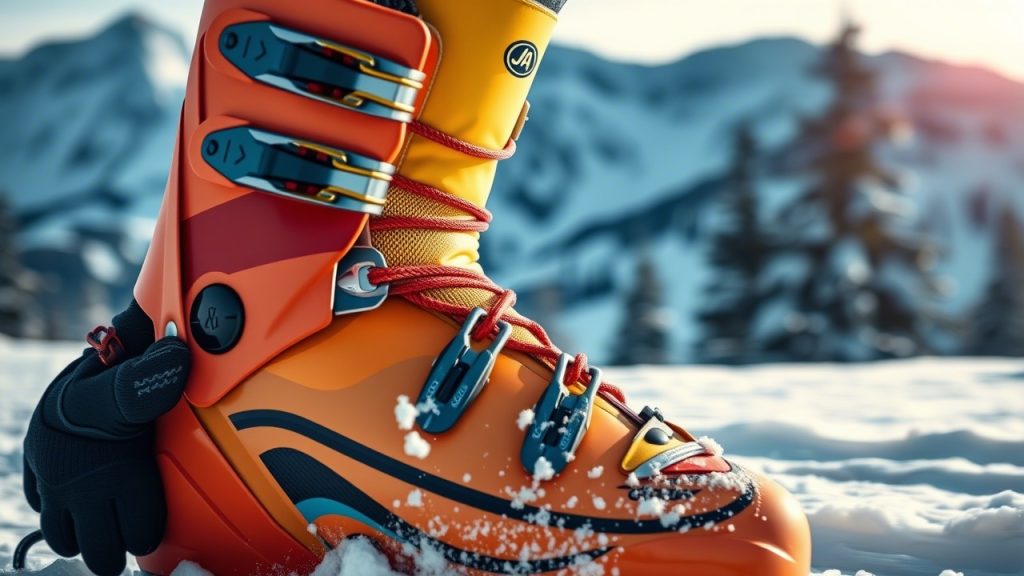
8. Adjusting Ski Boots for Comfort
Ski boots often come with adjustable features, such as buckles, straps, and cuffs, which allow you to fine-tune the fit. Here are some tips for adjusting ski boots:
- Buckles: Tighten or loosen them to find a snug but comfortable fit.
- Cuffs: Adjust the angle of the cuff to accommodate your calf shape.
- Straps: Use them to secure your foot in place and prevent excessive movement inside the boot.
9. Try on Boots with Ski Socks
When trying on ski boots, always wear thin ski socks (not cotton). Thick socks can alter the fit and make boots feel too tight or too loose. Thin ski socks help provide a more accurate sense of the boot’s fit.
10. Use a Ski Boot Size Conversion Chart
In addition to Mondo Point sizing, many brands provide a conversion chart for different sizing systems. It’s always helpful to check these charts to ensure you’re selecting the correct size, especially if you’re shopping across different brands.
11. Consider the Boot’s Last Width
The last width refers to the internal width of the boot, and it plays a critical role in determining how snug the boot will feel around your foot. Choosing the correct last width helps ensure a more comfortable fit.
12. Ski Boot Fitment by Foot Type
Different foot types require different boot shapes. For example, if you have flat feet or a high arch, you’ll want boots that cater to those specific features. Some boot brands offer foot type-specific models, ensuring a better fit.
13. Importance of Toe Room
When selecting ski boots, it’s important to leave just a bit of room for your toes. While a snug fit is necessary, you don’t want your toes to feel cramped or be pressed against the front of the boot. A good rule of thumb is that your toes should lightly touch the front of the boot while standing, but not feel squished.
14. Professional Boot Fitting: When It’s Necessary
If you’re having trouble finding the right size or fit, a professional boot fitter can assess your feet and recommend the best boot for you. They have specialized equipment and knowledge to adjust boots to meet your needs, including heat-molding liners, shell adjustments, and custom footbeds.
15. Boots with Adjustable Features
Look for ski boots with adjustable cuffs, straps, and buckles, which can offer a more customizable fit. These features are especially helpful if you have varying foot shapes or need to make quick adjustments while on the slopes.
16. Know the Boot Fit for Your Skiing Style
Different types of skiing require different types of boots. Whether you’re alpine skiing, cross-country skiing, or backcountry skiing, each requires a specific type of boot for optimal comfort and performance.
17. Don’t Forget the Break-In Period
New ski boots often need time to break in. After wearing them for a while, they will begin to conform more closely to your feet. If your boots are still uncomfortable after a few days of use, it might be time to seek professional adjustments.
18. Ski Boot Sizing for Women
Women’s ski boots tend to be slightly different from men’s boots, primarily in terms of volume and fit. Women often have narrower heels and lower calf muscles, so it’s essential to choose boots designed specifically for women’s anatomy.
19. Use Boot Fitting Pads and Insoles
Boot fitting pads and custom insoles can improve the comfort of your ski boots by adding extra cushioning and support. These are especially helpful if your boots feel too tight or if you need extra support in specific areas.
20. Ensure Your Boots Are Compatible with Your Bindings
Different types of bindings require different boot designs, so make sure your boots are compatible with your bindings. Some bindings are specific to certain boot types (e.g., alpine bindings vs. touring bindings), so check compatibility before buying.
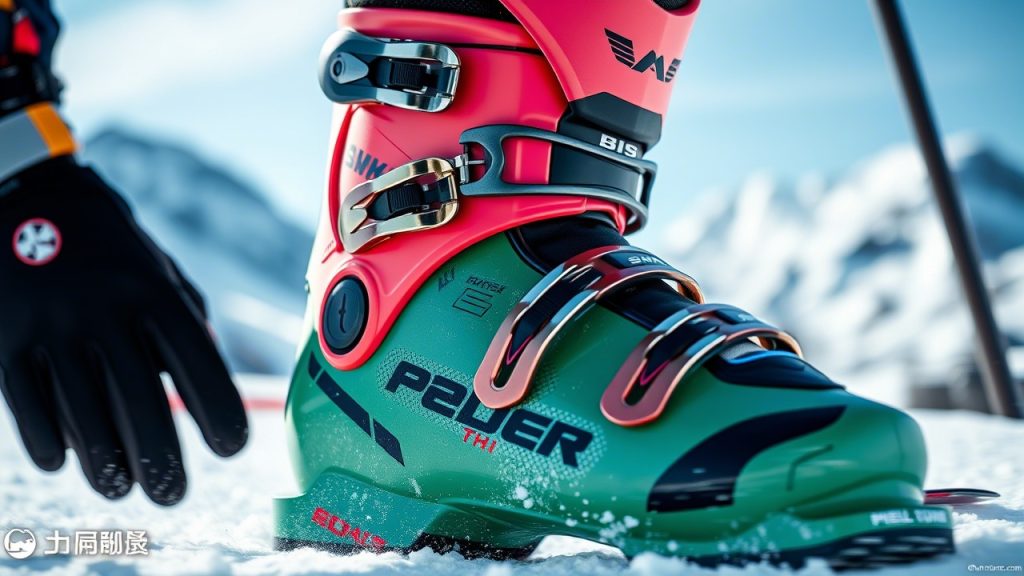
21. Understand the Different Ski Boot Categories
Ski boots come in different categories depending on the type of skiing you plan to do. Make sure you’re selecting the right type of boot for your preferred discipline:
- Alpine Ski Boots: Designed for downhill skiing.
- Touring Ski Boots: Lightweight boots designed for backcountry skiing.
- Cross-Country Ski Boots: Ideal for Nordic skiing.
22. Customize Boot Fit with Boot Modifications
Some ski boot shops offer modifications like stretching or heat-molding the shell, which can improve fit. If you’re experiencing issues with pressure points or discomfort, talk to a boot fitter about potential modifications.
23. Opt for Lightweight Boots for Enhanced Mobility
If you’re skiing for long periods, lighter boots can reduce fatigue and improve your mobility. Lighter boots often come with a more flexible design, which is ideal for cross-country skiing or touring.
24. Consider the Lacing System for Comfort
Some boots feature a lacing system instead of traditional buckles. These systems can provide a more customized fit, ensuring that each part of the boot fits snugly.
25. Use Boot Fitting Gel or Foam Pads for Extra Comfort
If you find that certain areas of your ski boots are too tight or causing discomfort, consider using gel or foam pads to pad the pressure points. These pads are especially useful for long skiing sessions.
26. Boots with Cuff Alignment for Better Fit
Some ski boots come with adjustable cuffs that can be rotated for better alignment. This is especially helpful if you have calf muscles that are higher or lower than the average skier’s.
27. Consider Footbeds for Arch Support
Custom footbeds can provide additional support for your arches, reducing discomfort and improving overall fit. These footbeds are especially helpful for skiers with flat feet or high arches.
28. Test Boots on Slopes Before Buying
If possible, test your boots on the slopes before making a final purchase. Many ski shops offer demos, allowing you to experience the boots in action.
29. Check Boot Volume and Fit Regularly
As you use your ski boots over time, the fit may change. Regularly check the fit and comfort, and don’t hesitate to adjust or consult a boot fitter if needed.
30. Pay Attention to Comfort, Not Just Size
Above all, remember that comfort is the most important factor when selecting ski boots. A well-fitting boot should feel snug without being painful. Always prioritize comfort over strictly adhering to size charts or trends.
Frequently Asked Questions
1. What is Mondo Point sizing, and how does it work?
Mondo Point measures foot length in centimeters, providing a more accurate and consistent sizing system for ski boots compared to traditional shoe sizes.
2. What’s the difference between narrow, medium, and wide ski boots?
Ski boots come in various widths: narrow (for slim feet), medium (for average feet), and wide (for broader feet). Choosing the right width ensures better comfort and control.
3. How do I know if I need heat-moldable liners?
Heat-moldable liners are ideal if you want a more customized fit, especially for those with unique foot shapes or if standard liners feel uncomfortable.
4. How tight should my ski boots be?
Your ski boots should feel snug but not tight. When standing, your toes should lightly touch the front of the boot, and when you lean forward, your toes should pull back slightly.
5. Should I use a professional boot fitter?
If you’re struggling to find the right fit or experiencing discomfort, visiting a professional boot fitter is a great idea. They can assess your feet and adjust the boots to your needs.
6. What is the best flex rating for beginners?
Beginners typically benefit from a softer flex (50-70), which offers more comfort and forgiveness while learning to ski.
7. Do ski boots come in different sizes for men and women?
Yes, women’s ski boots are typically designed with a narrower heel and a lower calf, catering to the anatomical differences between men’s and women’s feet.
8. How do I choose the right ski boot for my foot volume?
If you have narrow feet, opt for low-volume boots; for average feet, choose medium-volume boots; and for wider feet, select high-volume boots.
9. Can I modify my ski boots to make them more comfortable?
Yes, ski boot modifications such as heat-molding the liners, adding custom footbeds, or adjusting the shell can help improve comfort and fit.
Conclusion
Finding the right ski boot size is essential to ensure both comfort and performance on the slopes. With the 30 best ski boot size chart ideas provided in this post, you now have the tools and knowledge to make an informed decision about your ski boot fit. Whether you’re a beginner or an advanced skier, prioritizing the right size, width, and volume will greatly enhance your skiing experience.
Always remember that a comfortable, well-fitted boot is the key to enjoying your time on the mountain. Happy skiing!


